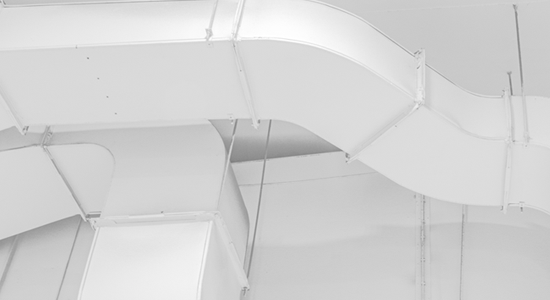As more and more businesses reopen and staff begin to return to work, employers need to ensure that their premises are and remain safe. Scientists have identified that ventilation in the workplace can play a leading role in spreading COVID-19. It is therefore important that employers’ pay particular attention to their air conditioning system or natural ventilation in their premises.
Assessment of Fresh Air
There are several factors to take into account when determining whether ventilation in your premises is adequate. Adequate ventilation reduces the amount of airborne virus particles in the air and therefore reduces the risk of transmission to workers in that area. Employers should try to maximise the volume of fresh air. This can be done by;
- Natural ventilation. This is achieved by the natural flow of air through windows, doors, and air vents. These can be adjusted to control the flow of fresh air
- Mechanical ventilation. Using air conditioning, fans, and ducts to bring in fresh air from outside.
Factors to Consider
- The size and shape of the area/building. The larger the area, the lower the risk. Larger areas have more air and greater circulation to help disperse or dilute the covid particles.
- The time spent in the area. The longer people use or occupy an area, the greater the risk. Consider the number of people in an area and try to reduce these numbers. Also try to reduce the amount of movement in/out of the area. Reduction in the number of people in an area with reduced human traffic will minimise the risks.
- Type of activities in the area. Physical tasks causing employees to breath heavily and deeply will result in greater intake of air, and so increase the risk of inhaling infected particles. If possible, avoid or redesign these activities eg by relocating them to less populated areas or ensure fewer employees in the area.
- Are there any large items or equipment what could affect the free movement and circulation of air? If so, relocate them to increase circulation of air.
- Does the business use mechanical dust extraction systems? If so, this could discharge air outside and so reduce the risks.
How to Improve Ventilation
- Open/keep open doors and windows (except fire doors)
- Airing rooms, especially empty rooms or storage areas, frequently by keeping doors/windows fully open.
- Removing large, stacked items/equipment or reducing the height of these to aid in increased circulation of air.
- Using air conditioning (where relevant) and making sure it is serviced regularly. Air conditioning brings in fresh air from outside and dispels old air.
- Speak to your air conditioning service engineer to find out how much fresh air is being drawn in, and whether it is adequate for the size of the area and number of occupants.
- It is preferable not to recirculate air from one area to another. Systems that use recirculation of air can continue to operate, as long as there is also a source of fresh air.
Providing ventilation and fresh air does need to be balanced with keeping your staff warm and comfortable. Simple steps can be taken to maintain a warm environment.
- Open windows partially, to allow in some fresh air.
- Relax the company’s dress code so employees can wear extra layers and warmer clothes.
- Provide mobile heating appliances – ideally fan convector heaters as long as the area is well ventilated. This way, you can get warmth and ventilation at the same time.
If you have any further questions call us on 01455 852028.




